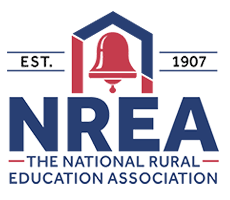Abstract
This article gives meaning to innovating promising practices in high poverty rural contexts, as experienced by the Rural Math Excel Partnership (RMEP). The project sought to develop a model of shared school-family-community responsibility to support student success in foundational math courses as preparation for science, technology, engineering, mathematics and health (STEM-H) careers. RMEP was one of the two rural development grant awards in the 2012 federal fiscal year, the first year for awards in the rural priority area of the U. S. Department of Education’s Investing in Innovation (i3) program. High poverty rural areas may have major implications for fidelity of implementation and measurement of intended impacts that raise important questions about project organizational structures, capacities and evaluation needs. If significant external funding and a partnership approach are key catalysts for innovating solutions to educational challenges, the answers to 10 questions of readiness could have major implications for project success.
Creative Commons License

This work is licensed under a Creative Commons Attribution 4.0 International License.
Recommended Citation
Harmon, H.
(2021).
Innovating a Promising Practice in High Poverty Rural School Districts.
The Rural Educator, 41(3), 26-42.
https://doi.org/10.35608/ruraled.v41i3.1018



